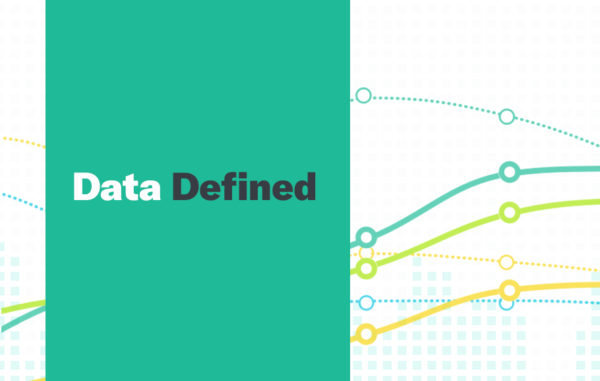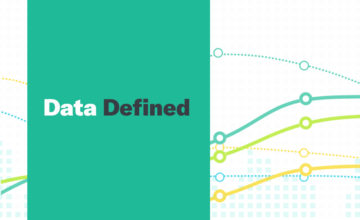Descriptive Analytics Defined
Descriptive analytics is the interpretation of historical data to better understand changes that may have occurred in a business. It is a part of business intelligence.
The use of full range of data in this type of analytics helps draw comparisons and gives an accurate picture of what has occurred. It is through this type of analytics where users can receive actionable insights into areas of strength and weaknesses, while also identifying patterns and relationships that otherwise would not be visible.
The functions delivered by descriptive analytics fall broadly into five categories:
- State business metrics: Determine which metrics are important for evaluating performance against business goals.
- Identify data required: To measure accurately against KPIs
- Extract and prepare data: Including deduplication, transformation, and cleansing
- Analyze data: Key metrics are calculated and compared with business goals to evaluate performance based on historical results.
- Present data: business intelligence tools give users the ability to present data visually in a way that non-data analysts can understand.
Some types of descriptive analytics include, but are not limited to:
- Data aggregation
- Data mining
- Data querying
Other types of analytics include:
- Diagnostic analytics
- Predictive analytics
- Prescriptive analytic
In Data Defined, we help make the complex world of data more accessible by explaining some of the most complex aspects of the field.
Click Here for more Data Defined


